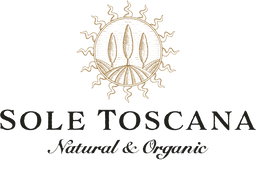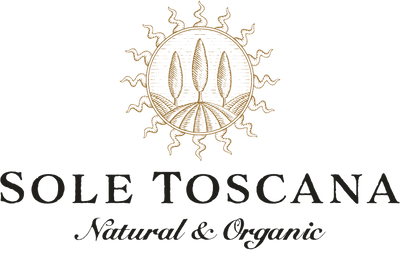You've probably seen the word 'fragrance' on the ingredient labels of your beauty products. Have you ever been curious as to what it is? Let's find out.
It's a secret
The Federal Fair Packaging and Labeling Act (1973) states that cosmetic companies should list the ingredients on their product labels. However, fragrance is exempt from this rule. Companies use this loophole to mask untested or harmful chemicals.
Fragrance is a trade secret, allowing brands to conceal information on their unique blends.
Since the law covers this, it's up to the consumer to carry out research on the ingredients and figure out whether they're safe to use.
The CSC Tests Perfumes
The Campaign for Safe Cosmetics is a Breast Cancer Fund project founded in 2004 to educate consumers about toxic chemicals in products and to put pressure on the industry to change. Using their knowledge about the chemicals in the fragrance loophole, they tested name brand perfumes in 2010.
They tested 17 different perfumes and found 38 chemicals omitted from the labels. There was an average of 14 unlisted chemicals per product.
American Eagle Seventy Seven had 24 undisclosed chemicals, while Chanel Coco had 18.
Many of these perfume ingredients were questionable preservatives and additives.
5 Harmful Perfume Ingredients
1. BHT
BHT and other butylated compounds are used to preserve products, lengthening their shelf life. However, it's a toxic preservative.
BHT IN THE BODY
Evidence suggests that BHT mimics estrogen. This means it could compete with the estrogen in your body for binding sites, and disrupt your hormone balance. This problem occurs in both men and women.
BHT potentially promotes the growth of tumors in some circumstances.
This chemical accumulates in the body over time, so even a product that contains a tiny amount can cause harm later on. Apart from perfume, you'll find BHT in skincare, diaper cream, makeup, and food! Fatty foods like chips, vegetable oils, baked goods, meat, and butter usually have BHT as a preservative.
Six of the perfumes tested by the Campaign for Safe Cosmetics contained BHT.
2. Oxybenzone
Only one perfume tested in the CSC study contained oxybenzone, but the fact that it was there is startling. Typically oxybenzone is an ingredient of sunscreen.
Oxybenzone is a chemical sunscreen that absorbs- rather than blocks- UVA and UVB rays. Oxybenzone is harmful because when light hits it, the resulting chemical reaction produces toxic compounds.
OXYBENZONE IN THE BODY
Evidence shows that oxybenzone mimics estrogen, contributing to hormonal imbalance. This imbalance can cause decreased sperm count, infertility, and improperly developed sexual organs.
The Center for Disease Control and Prevention reported in 2008 that nearly all Americans experienced oxybenzone contamination. Women were in the top 95th percentile of those examined. This difference is possibly due to the skincare products that women use.
3. Phthalates
This group of chemicals is used in different products like detergents, food packaging, vinyl flooring, and pharmaceuticals. They make plastics more flexible.
In perfume, phthalates make the scent adhere to the skin.

PHTHALATES IN THE BODY
Phthalates disrupt the hormone system by interfering with the production of hormones. A University of Maryland study reported that phthalate exposure could cause reproductive abnormalities. This includes decreased male fertility and reduced production of testosterone in males. Other scientific studies link phthalates with premature delivery and endometriosis.
Phthalates are widespread. The CDC tested urine from 2,500 people and found 13 phthalate byproducts. Adult women had higher levels than men. Babies exposed to baby care products had higher levels of phthalates.
4. Octinoxate
Octinoxate is a common ingredient in sunscreen products and absorbs UV rays. The EWG Skin Deep Database rates this chemical a 6/10, meaning it's highly hazardous.
OCTINOXATE IN THE BODY
Studies show that octinoxate has been found in lactating mother's milk. Lab experiments prove that it binds to and stimulates estrogen receptors. In studies done on animals, octinoxate increased the weight of the uterus.
5. Musk ketone
A study published by The International Journal of Hygiene and Environmental Health outlined the effects of this chemical, both on the environment and human health.
Musk ketone is non-biodegradable and has been found in aquatic environments, harming the wildlife therein.
Musk ketone has also been found in breast milk and fatty tissue, meaning that people are regularly exposed.
MUSK KETONE IN THE BODY
Musk ketone induces phase I enzymes in rodents and is a carcinogen.
The chemical was only found in one of the perfumes tested by CSC, but it likely occurs in others.
It's challenging to find clean perfumes. Companies should be mandated to disclose their perfume ingredients.
With love,
The Sole Toscana Beauty Team


